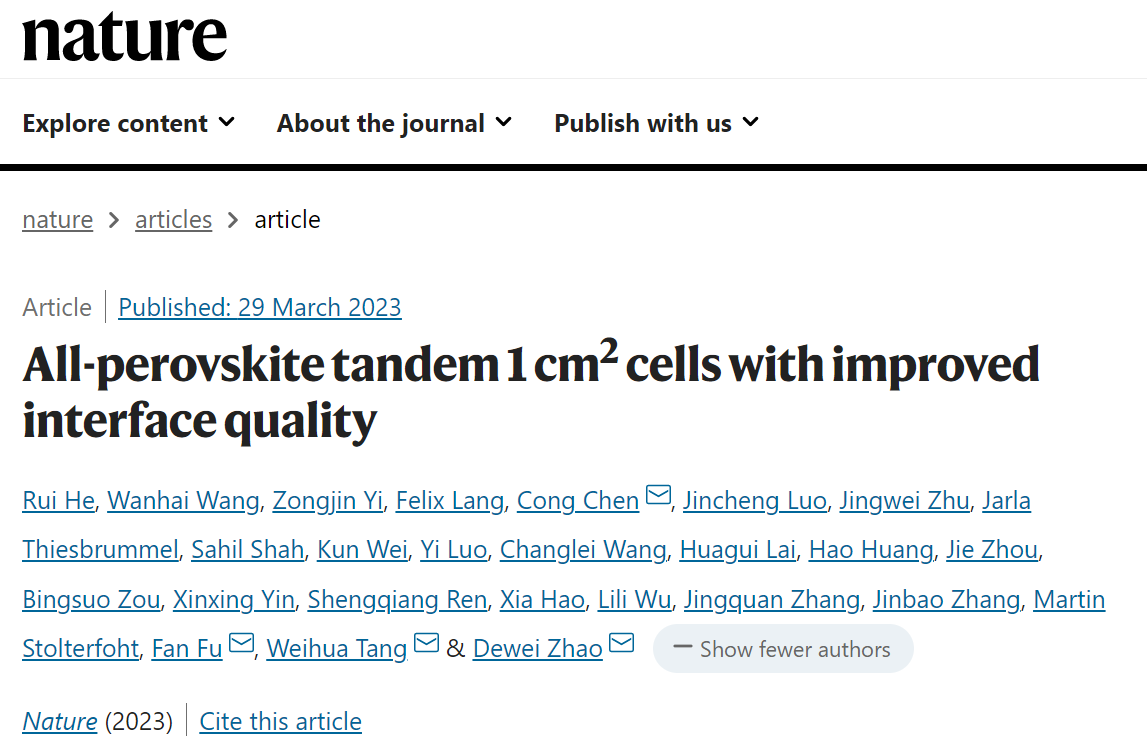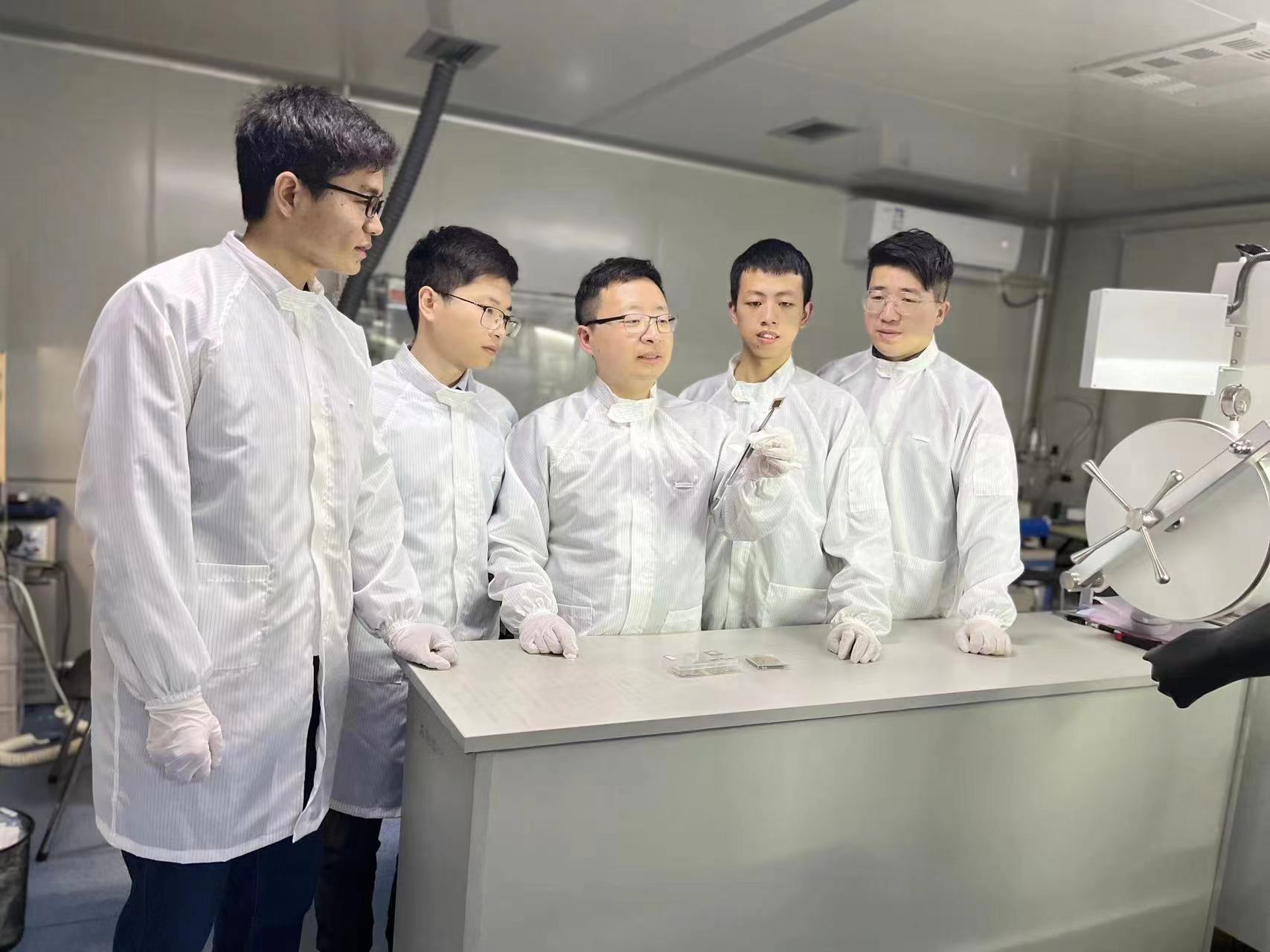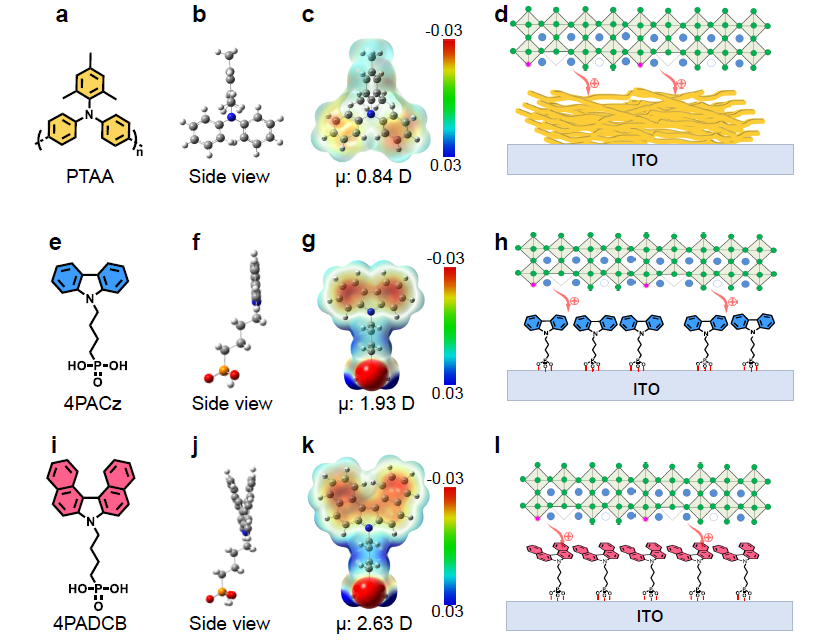
In collaboration with Xiamen University, Nanjing University of Technology,Empa - Swiss Federal Laboratories for Materials Science and Technology, and the University of Potsdam, Dewei Zhao's team from the College of Materials Science and Engineering of SCU published the latest research progress of all-perovskite tandem 1cm2 cells in a paper entitled "All- Perovskite Tandem 1cm2 Cells with Improved Interface Quality" in Nature on March 29. Sichuan University is listed as the first work unit of the paper. Prof. Dewei Zhao and associate research fellow Cong Chen from the College of Materials Science and Engineering, Prof. Weihua Tang from Xiamen University, and Dr. Fan Fu from Empa, Switzerland, are corresponding authors. Rui He, a Class 2020 doctoral student from the SMSE, Wanhai Wang, a doctoral student from Nanjing University of Technology, Zongjin Yi, a Class 2020 master student from the SMSE, and Dr. Felix Lang from the University of Potsdam are the co first authors.

On the basis of conjugate expansion and anchoring strategy, this study developed a novel self-assembled monolayer with phosphonic acid groups (SAM, or 4PADCB) as a hole transport material, which was designed and synthesized by Weihua Tang’s research team.

“All-perovskite tandem solar cells (TSCs) promise high power conversion efficiency at a low cost1-4. Rapid efficiency improvement in small-area (<0.1 cm2) TSCs has been primarily driven by advances in low-bandgap (~1.25 eV) perovskite bottom subcells5-7. However, unsolved issues remain for wide-bandgap (WBG, >1.75 eV) perovskite top subcells8, which currently suffer from large voltage and fill factor (FF) losses, particularly for large-area (>1 cm2) TSCs. Here we develop a novel self-assembled monolayer (4-(7H-dibenzo[c,g]carbazol-7-yl)butyl)phosphonic acid (4PADCB) as a hole selective layer for WBG perovskite solar cells (PSCs), which facilitates subsequent growth of high-quality WBG perovskite over a large area with suppressed interfacial non-radiative recombination, enabling efficient hole extraction. Integrating 4PADCB in devices, we demonstrate a high open-circuit voltage (VOC) of 1.31 V in a 1.77-eV PSC, corresponding to a record low VOC-deficit of 0.46 V (with respect to the bandgap). With these WBG perovskite subcells, we report 27.0% (26.4% certified stabilized) monolithic all-perovskite TSCs with an aperture area of 1.044 cm2. The certified tandem cell shows an outstanding combination of a high VOC of 2.12 V and a FF of 82.6%. Our demonstration of the large-area TSCs with certified record efficiency is a key step toward upscaling all-perovskite tandem photovoltaic technology” (Abstract)
The research was funded by the National Key Research and Development Plan, the National Natural Science Foundation of China, the Science and Technology Department of Sichuan Province, the Engineering Characteristic Team Project of Sichuan University, and the special fund for basic scientific research business expenses of central universities.
